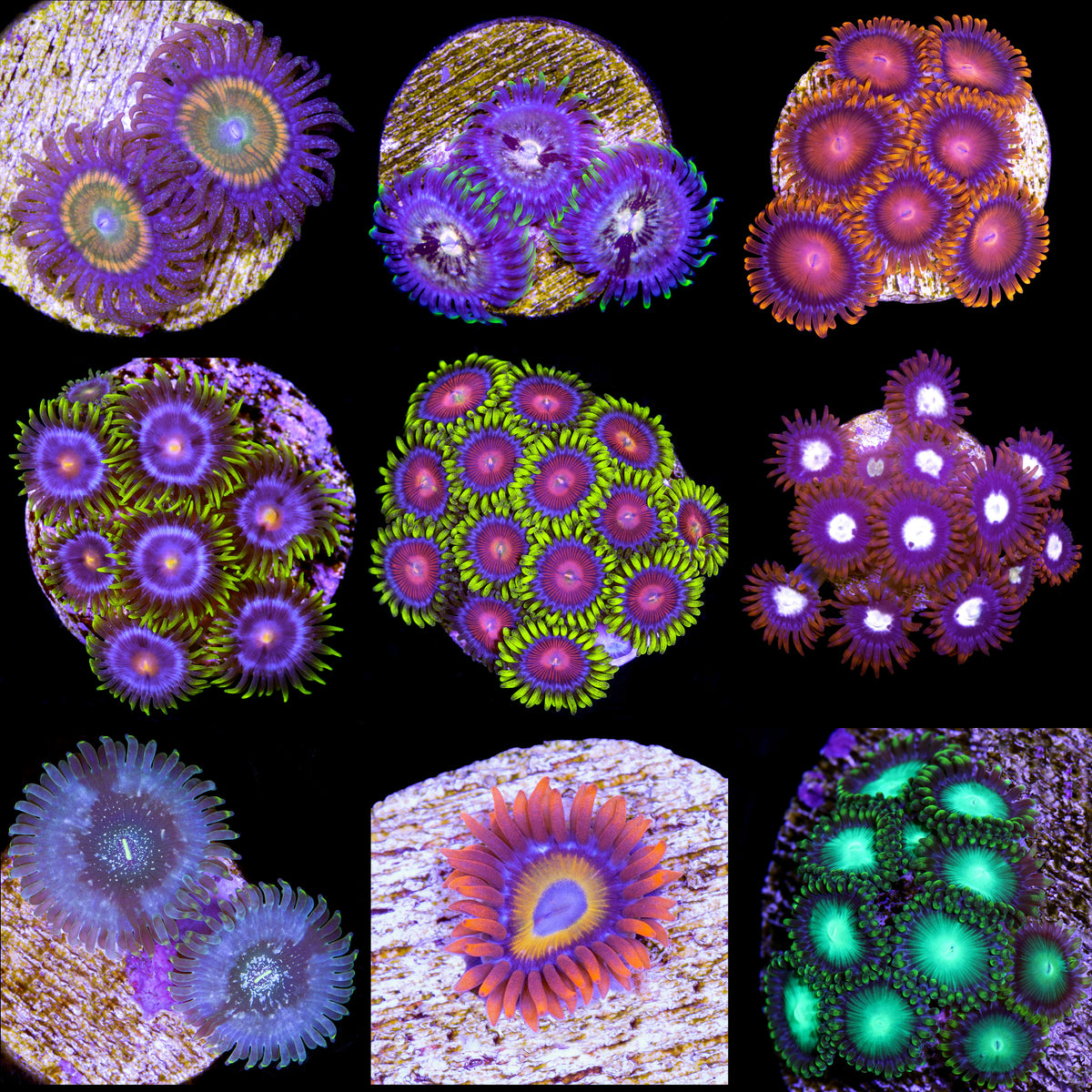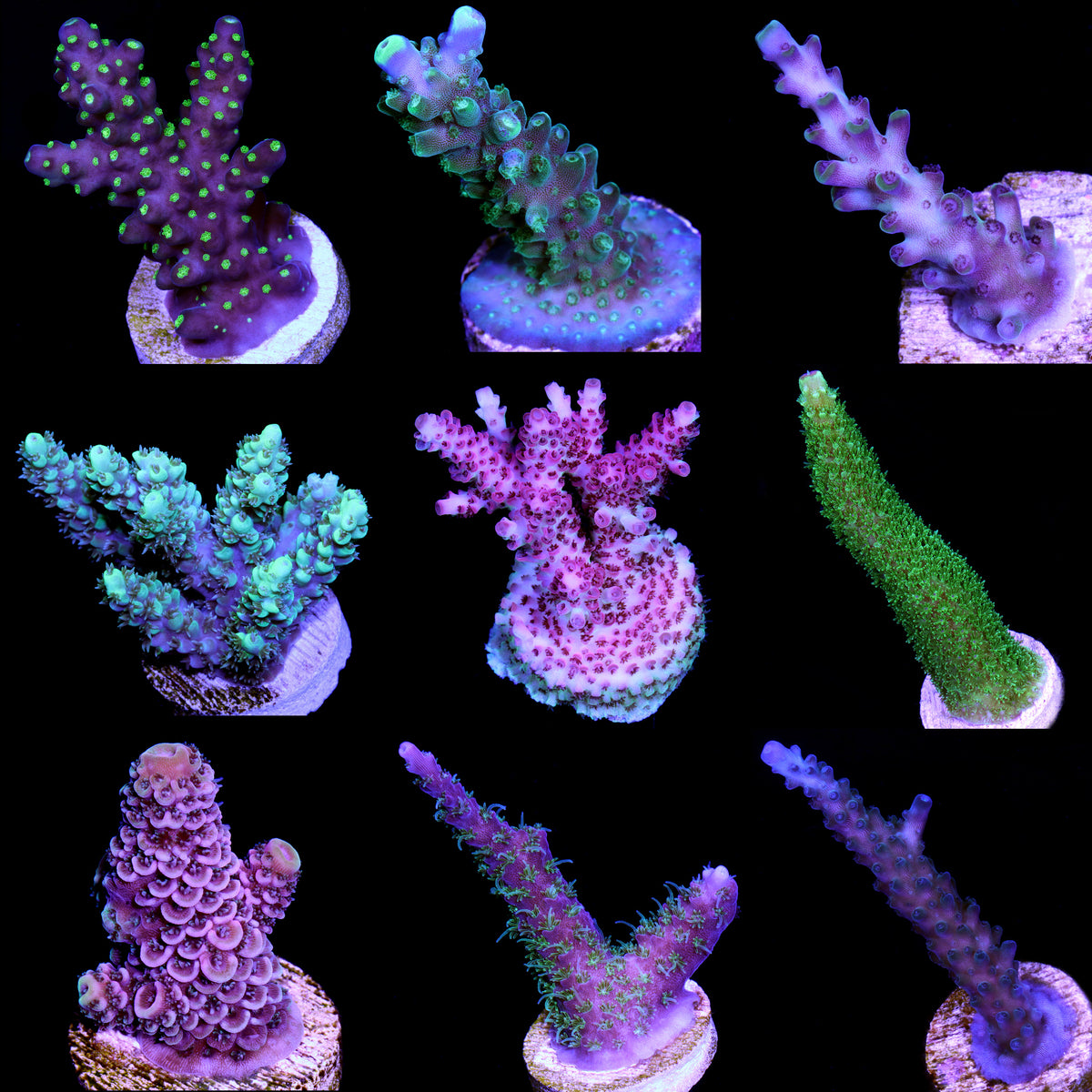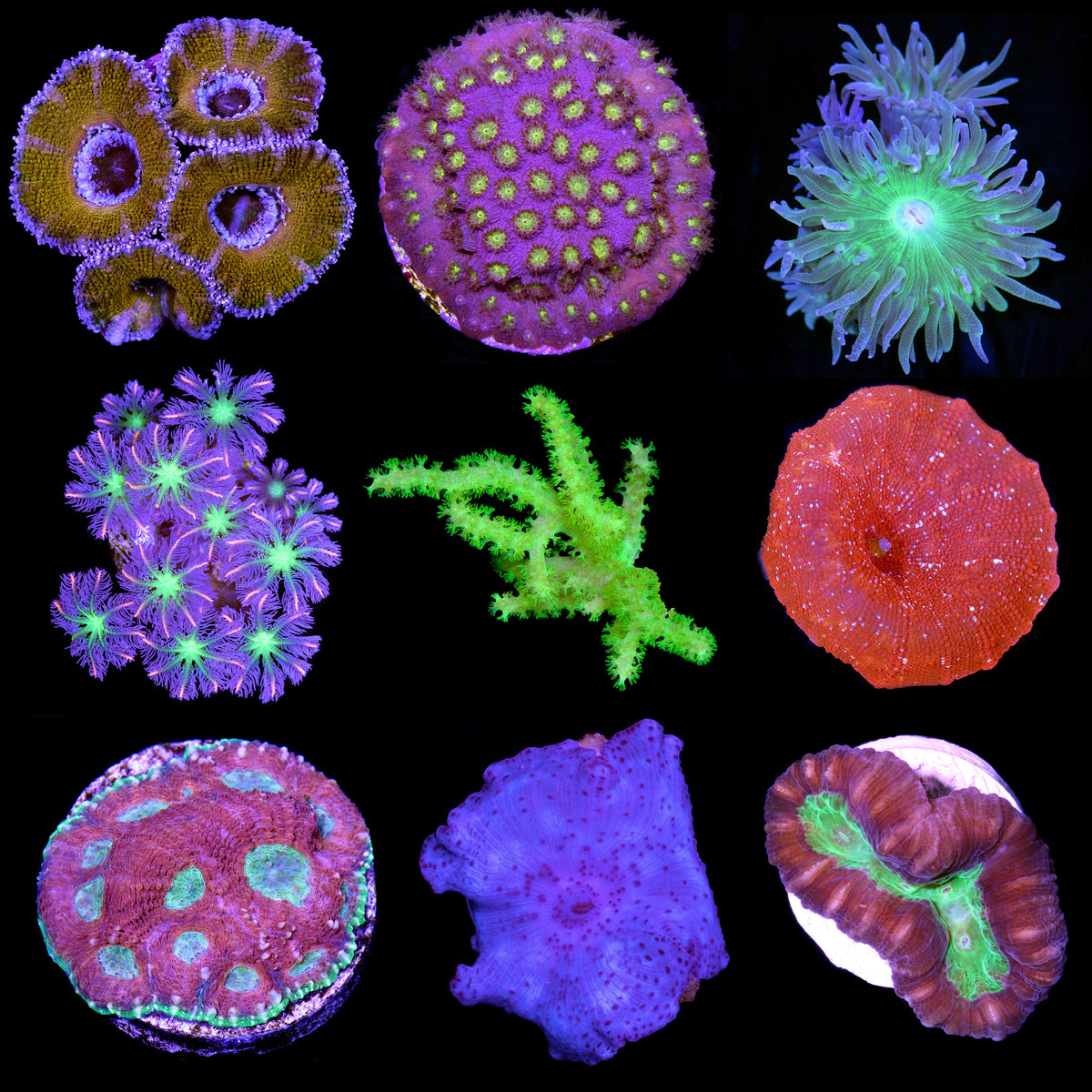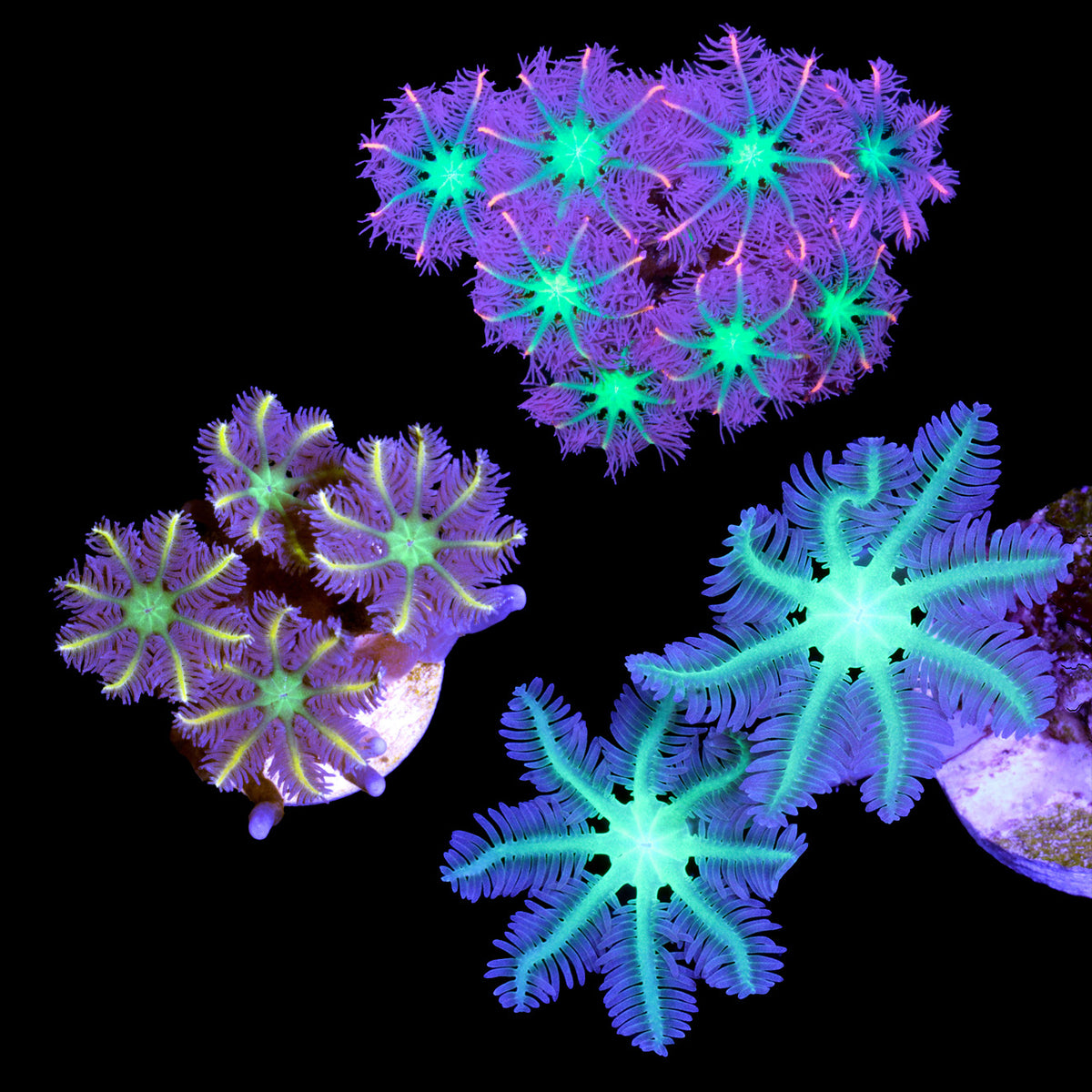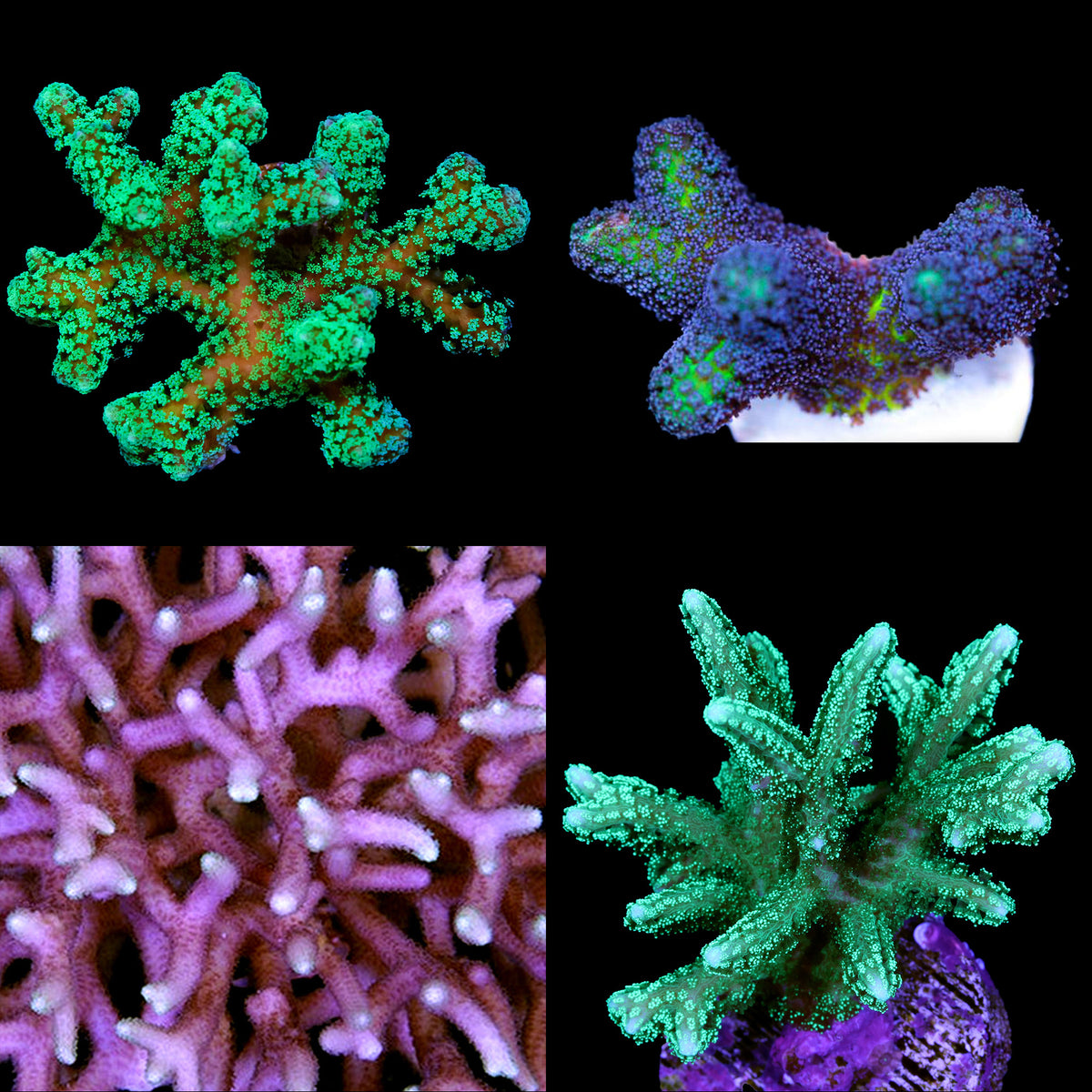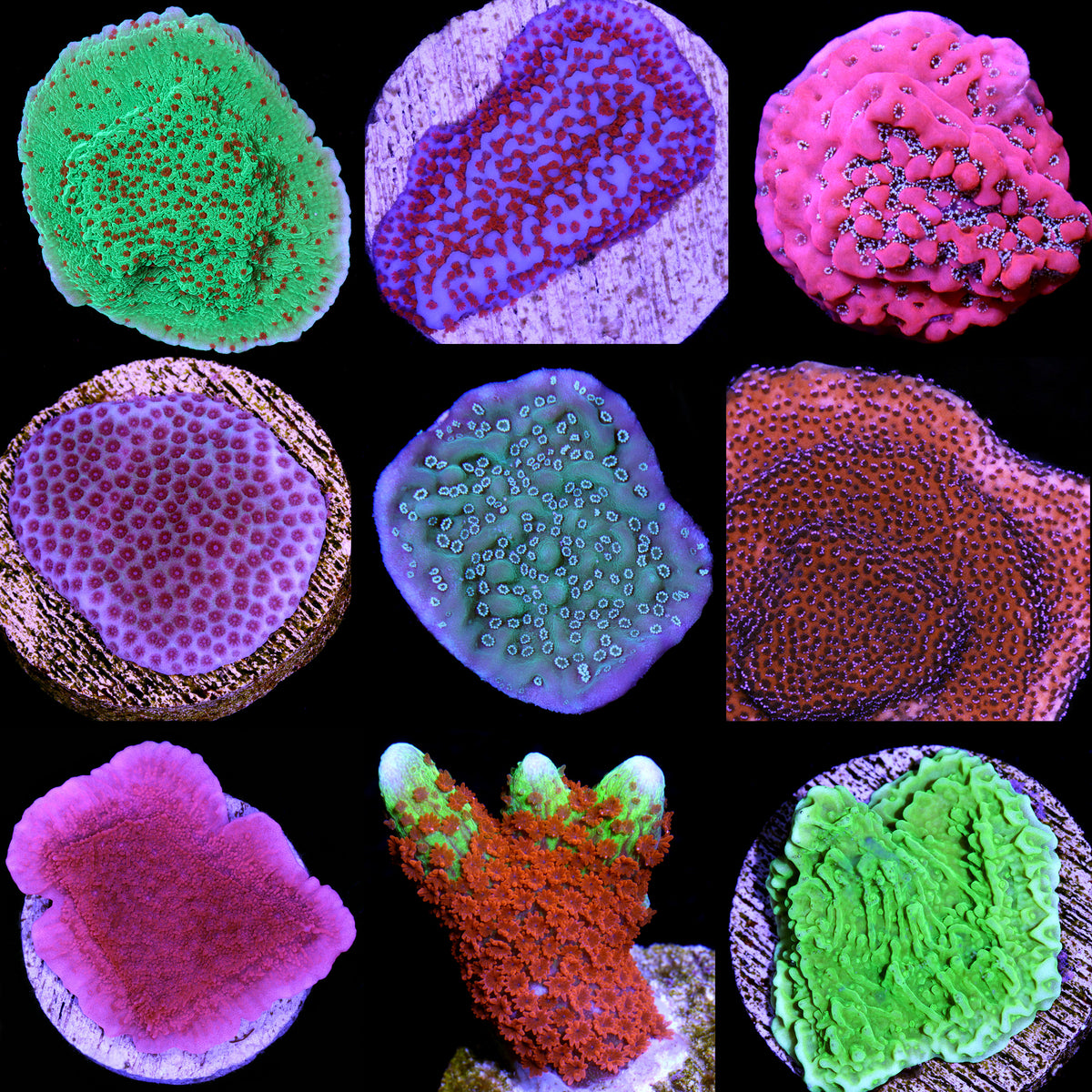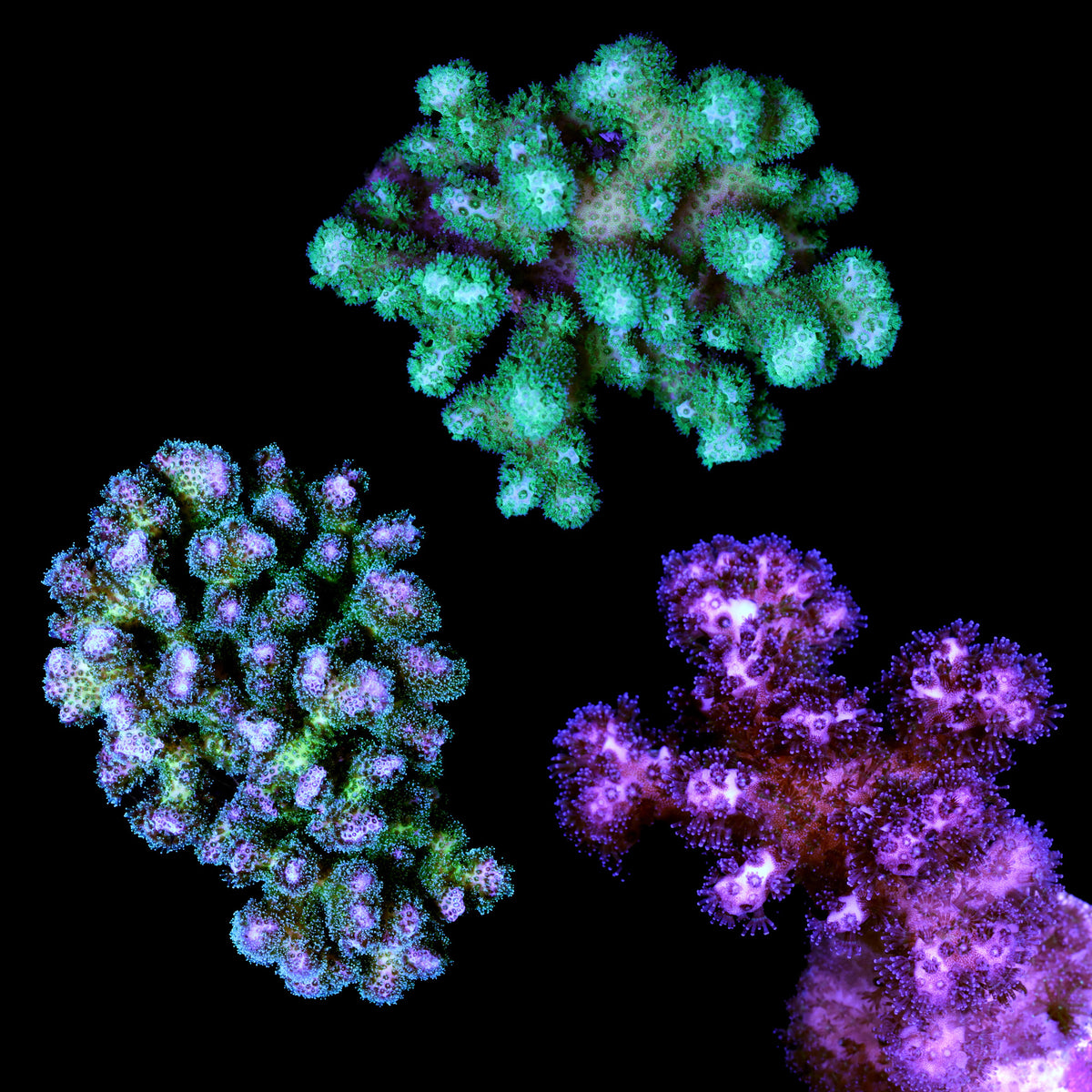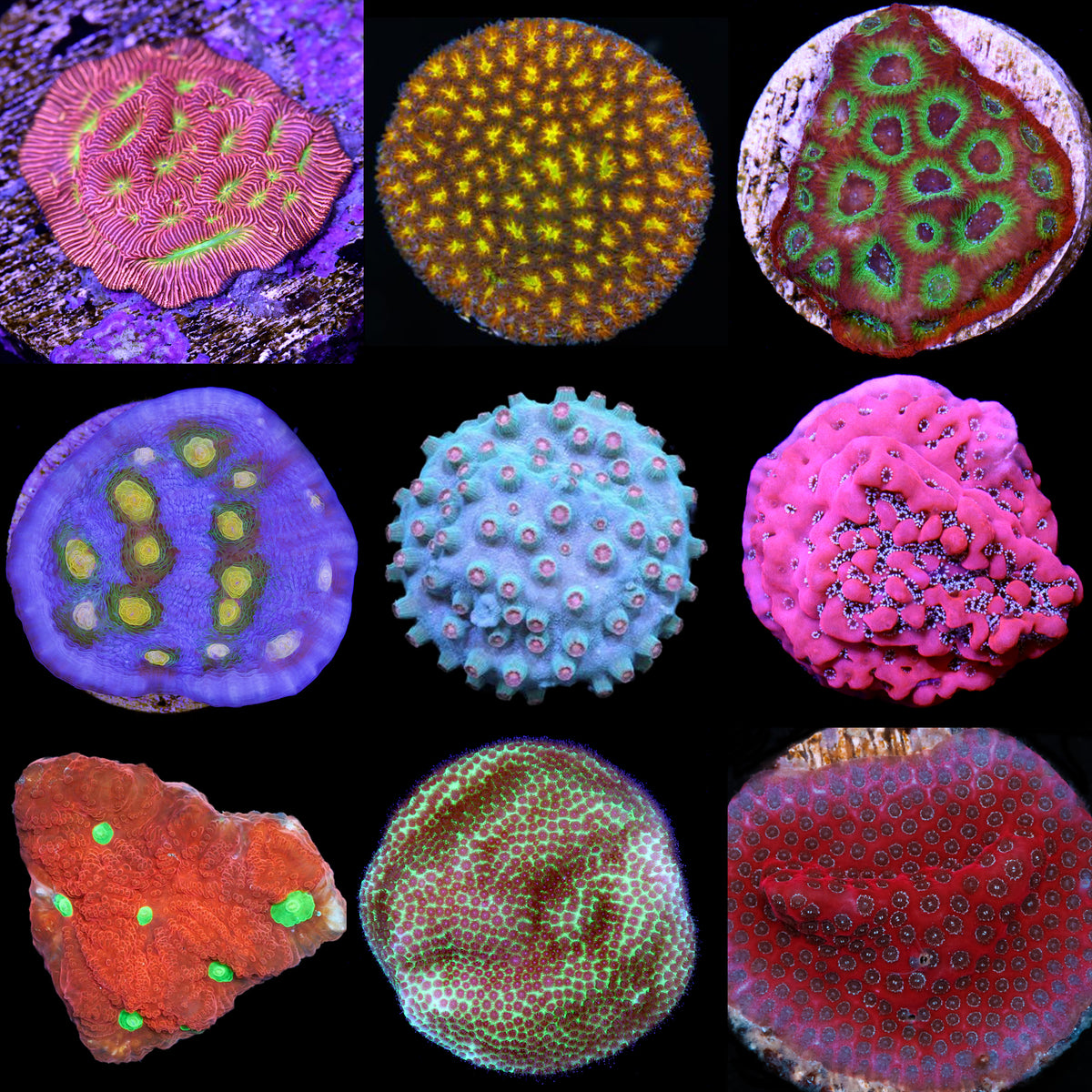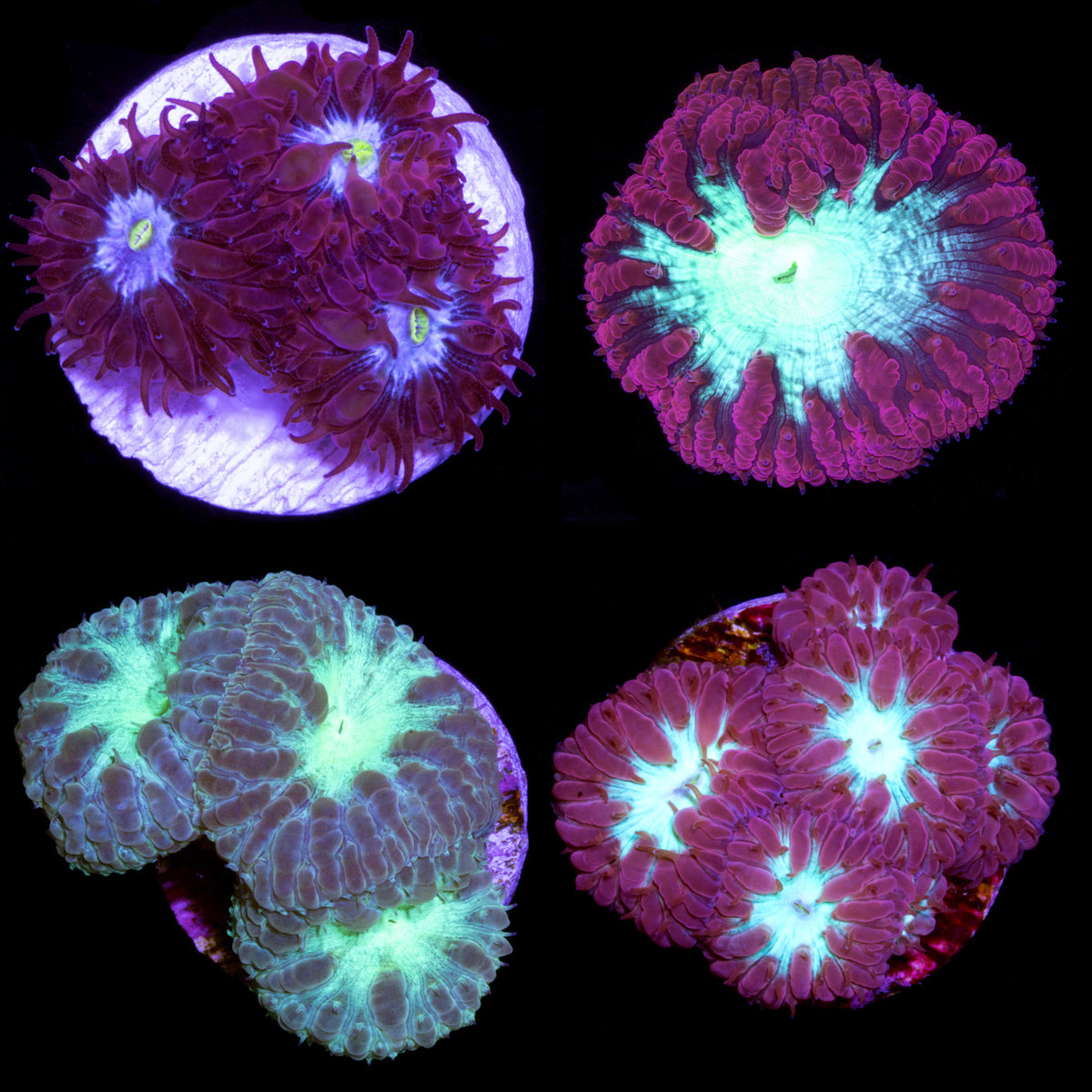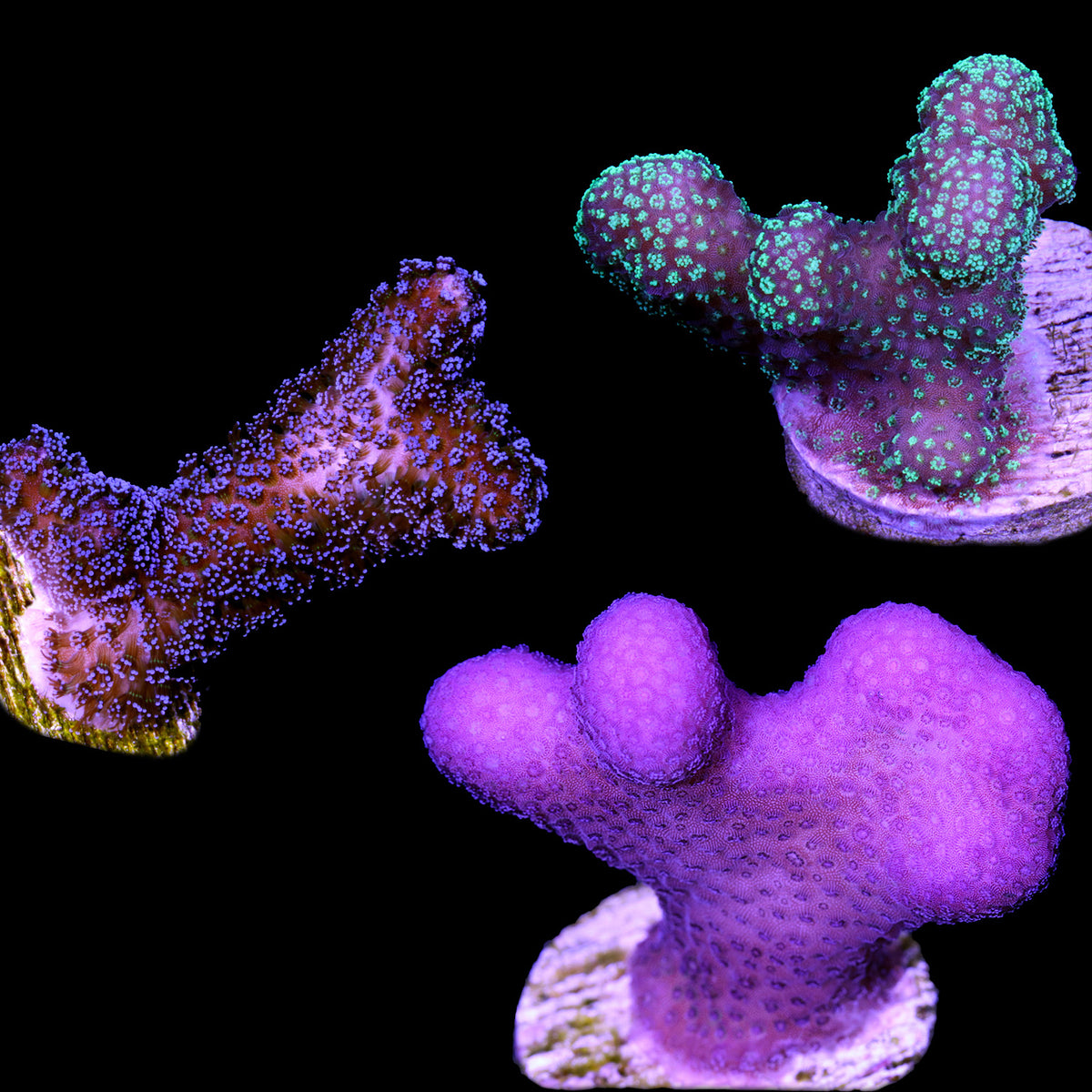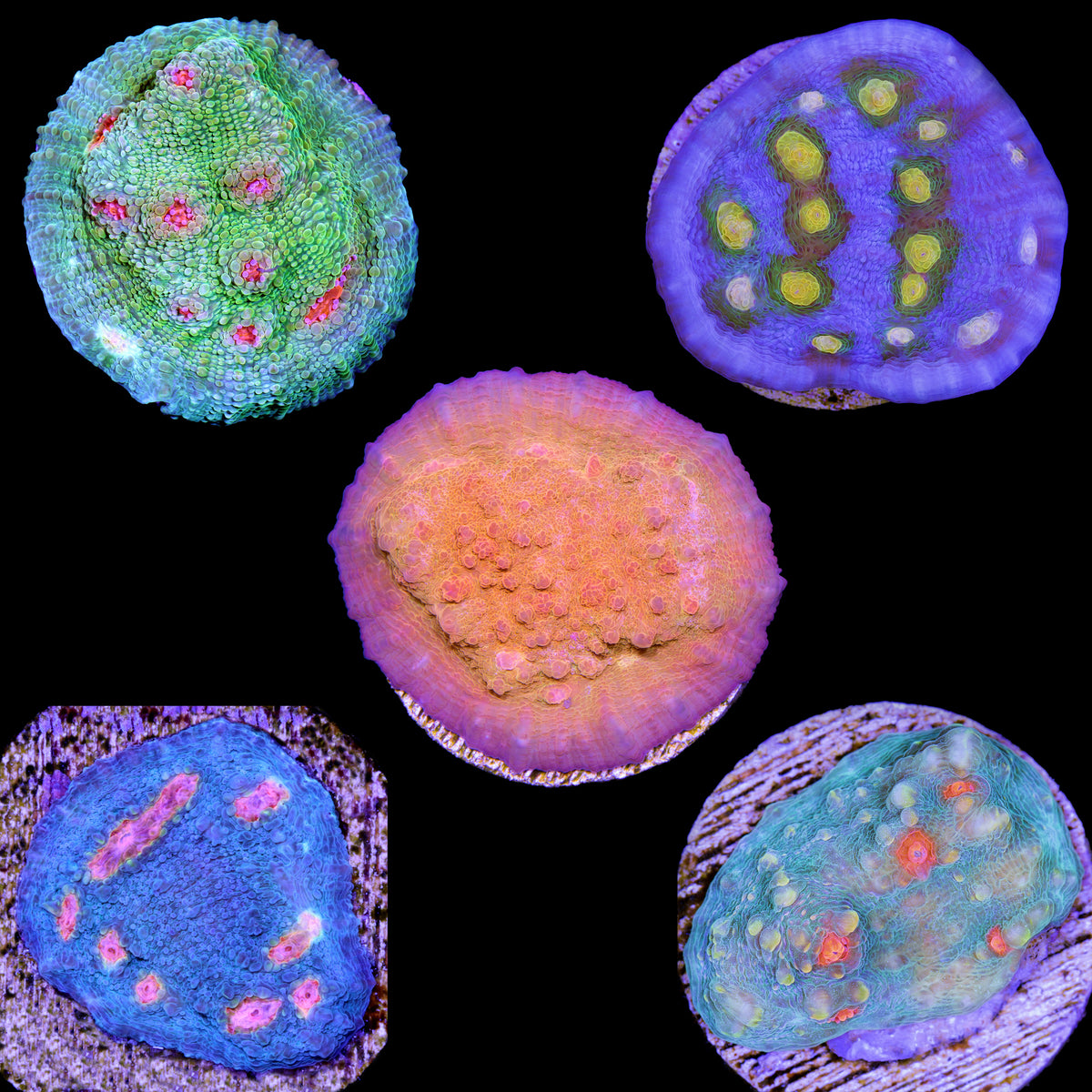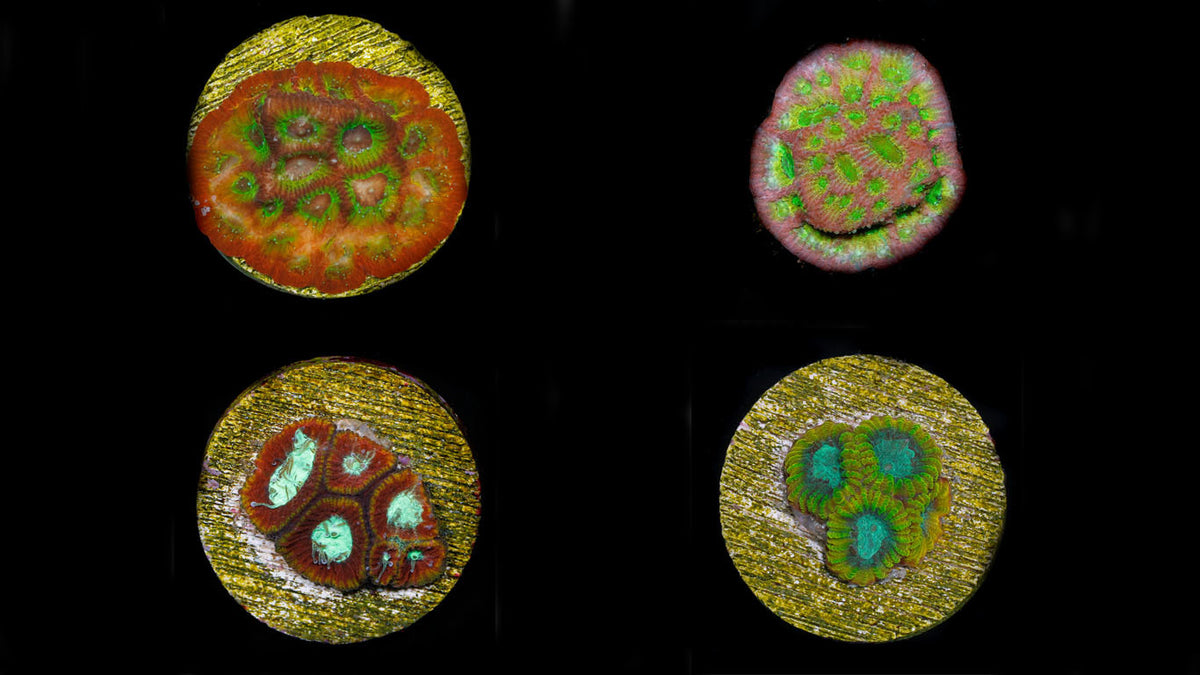Coral Packs and Savings
10-day guarantee. Free Shipping Over $249. Or $29.99 Flat Rate Shipping Over $100. Assorted combo frag packs are a great way to add a splash of color contrast to your aquarium, support aqua-culturing, and save money. All these corals have been farmed here at Vivid Aquariums. We have been coral farming since 2006.
from
$ 27.99
from
$ 37.99
from
$ 29.99
Sold Out -
$ 49.99
from
$ 32.99
from
$ 29.99
from
$ 34.99
from
$ 29.99
Sold Out -
$ 44.99
from
$ 41.99
from
$ 49.99
from
$ 39.99


